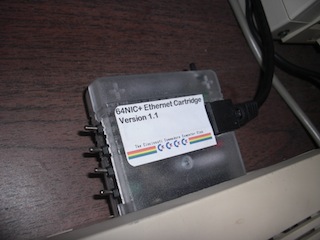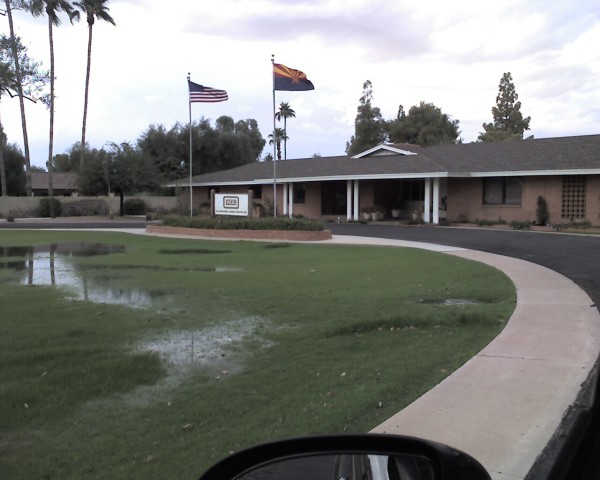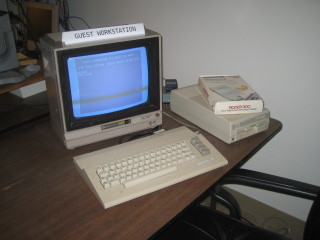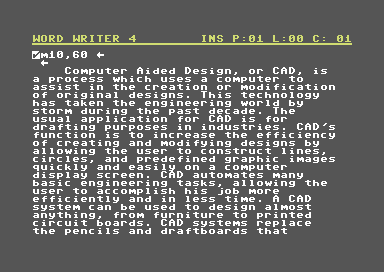Last year, I wrote an Android app called Valence that allows the user to remote-control the mouse and keyboard of another machine. Always looking for new challenges, I recently decided it was time for Valence to broaden its horizons beyond Android and support additional platforms to reach a wider audience.
In the following video, I demonstrate this exciting new release:
Yes, it's Valence for the Commodore 64. Now you can control your home theater PC easily and reliably from any C64 you happen to have handy. The source code for Valence64 is available on my GitHub under an Apache 2.0 license — bug fixes and feature patches are gladly accepted.
System requirements
Valence64 requires the following hardware for proper operation:
- Commodore 64 or 128*
- 1541 or 1571 disk drive
- 64K RAM
- A supported ethernet cartridge: RR-Net, The Final Ethernet, 64NIC+ (and probably any other adapter with a cs8900a or lan91c96 chipset)
- One blank disk required
- Joystick optional
* - in C64 mode.
Downloads
- valence64.d64 - A D64 formatted disk image containing the Valence64 software
- README.txt - The Valence64 README containing more details about its use
- The Valence64 source code (via GitHub).
posted at 2012-04-01 01:27:52 US/Mountain
by David Simmons
tags: valence c64
permalink
comments






